Terry Mitchell’s enthusiasm for what he does is evident, even across a video conference call from his office in Calgary. Since 2016, Mitchell has served as the Canadian director of Indigenous Relations for Graham Group, a full service construction company operating across North America.

Terry Mitchell and his team members are responsible for building bridges - figuratively speaking - by supporting and nurturing mutually beneficial opportunities for partnerships involving Graham with Indigenous businesses and organizations across the country. What is both interesting and challenging, he says, is connecting non-Indigenous to Indigenous groups and seeing the results unfold based on what he identifies as the four pillars of success: education, economic development, employment and training, and revenue generation.
“I don’t have a job, I have a passion for what I do, and for me it is a lifestyle,” Mitchell states. It is also a professional and personal balancing act.
He believes the parties on each side of the bridge can meet their goals, if relationships are nurtured and partnerships or alliances are done right. “It always comes down to being people-centric,” Mitchell says. “People who see things in transactional terms often create barriers that need to be broken down, where people who are transformational in their thinking place more emphasis on community and the emotional side.”
It is for him a daily mind-bending challenge to balance those goals and be effective, Mitchell says, so he strives to find a life balance through physical exercise (he describes himself as a gym rat), nature photography, smudging and healing practices like corporate sweats, aka: steams. He also relies heavily on the support of his wife of 36 years, Kimberly, also a U of R graduate, who he refers to as, “his lighthouse.”
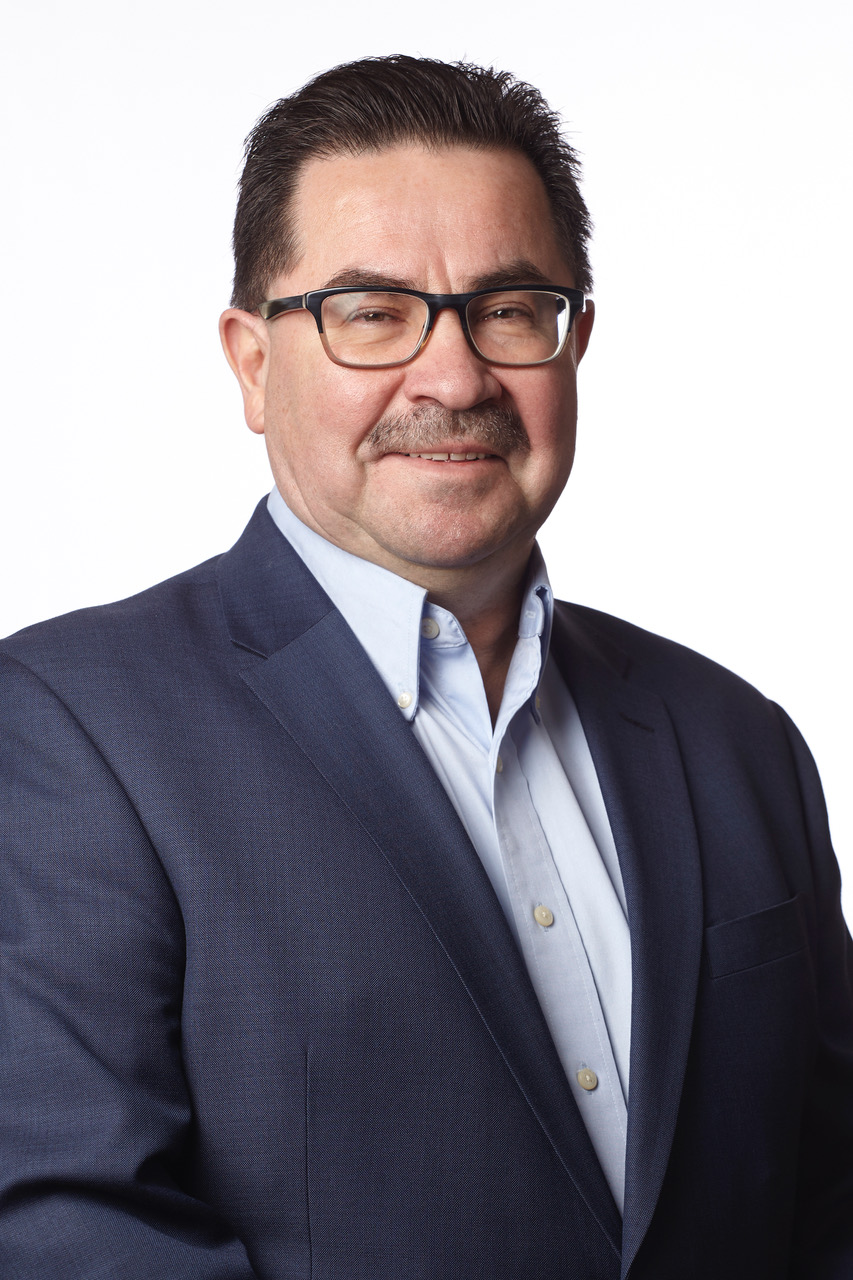
Gary Bosgoed, another U of R graduate and a former member of the University Board of Governors, has known Mitchell since they were kids. He describes Mitchell as always positive, funny, and with a high level of emotional intelligence. Bosgoed, who operates an engineering company in Edmonton which gives him a bird’s-eye view of the construction industry, observes that some attempts at economic reconciliation have failed where companies have pushed partnerships with Indigenous businesses with the primary goal of gaining market share.
“On the other hand,” Bosgoed says, “Terry, and Graham, are willing to stay the course, even if it takes a decade or more to create a relationship that works for both parties.”
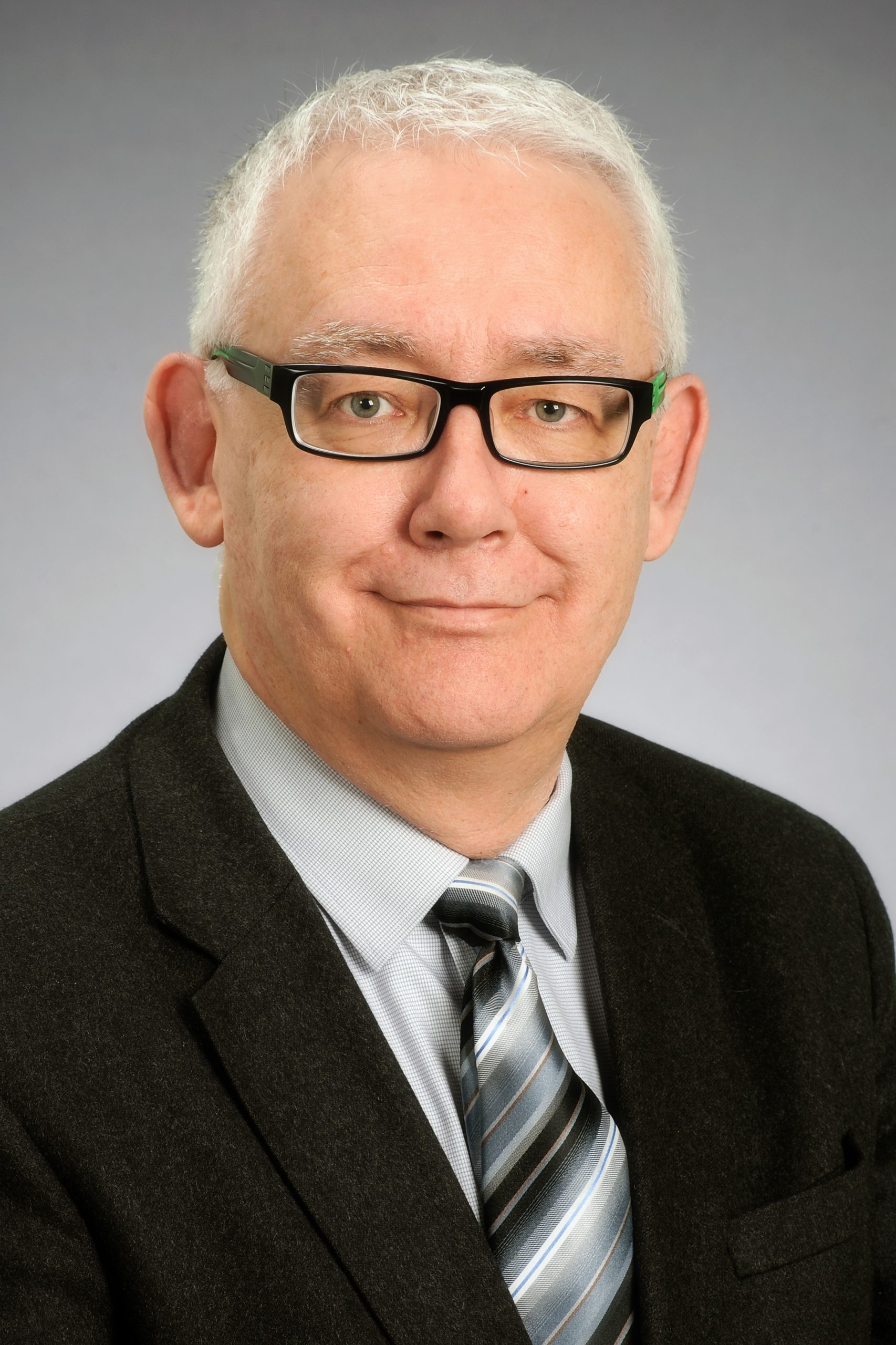
Graham had a successful track record before Mitchell joined the company in 2016, including a partnership with several First Nations in northern Saskatchewan that created Points Athabasca Contracting in 1999, where Graham began as a part-owner and then by mutual agreement stepped away as the new company flourished.
A similar partnership with the File Hills-Qu’Appelle Tribal Council formed Great Plains Contracting in 2011 to pursue opportunities in the southern part of the province. Mitchell was part of the team that in 2017 established a separate brand - Graham Three Nations, which includes three traditional symbols - a Feather, the Métis infinity symbol and the Inuit Inukshuk on its logo - signalling its broad approach to engaging with Indigenous businesses and organizations.
It has expanded its network of contacts through memberships in the Canadian Council for Aboriginal Business (CCAB) and the Aboriginal Procurement Program. The CCAB, Mitchell says, supported his entry into the process of developing Indigenous programs, and showed him how to operate at a national level with all Indigenous groups.
He was born in Moose Jaw, raised mainly in Regina, but home base for Mitchell’s parents and his family is Heart Lake First Nation, a community of about 400, three hours north of Edmonton.
Since 2017, he notes, Graham Three Nations has developed alliances with Indigenous business that have generated millions of dollars in supply chain contracting opportunities.
“Supply chain management is the heartbeat of a business,” he explains. “Once a company has embraced awarding contracts to Indigenous businesses, not only are they generating upcoming revenue, but those businesses are now in the databases used to identify suppliers for future opportunities across Canada.”
Making progress to this point has not been easy, Mitchell cautions. Sometimes it takes years to develop relationships with the necessary level of trust to form fruitful partnerships. For him personally, the stops along the way leading to his present position - his career path - do not resemble anything like a straight line.
He was born in Moose Jaw, raised mainly in Regina, but home base for Mitchell’s parents and his family is Heart Lake First Nation, a community of about 400, three hours north of Edmonton.
“Heart Lake is a beautiful place by the lake, with people who work hard to make a difference,” says Mitchell. He attended Catholic elementary schools in Regina’s Broder’s Annex neighbourhood, an experience he sums up as “really hard”. There were some bright spots. He recalls how in Grade 7 his teacher, Richard Turchenek (a 2006 Alumni Crowning Achievement Award recipient) encouraged “that shy kid at the back of the room” to run for class president. “I won, which was a huge boost to my self-esteem.”
Mitchell also discovered that playing hockey on an outdoor rink near his home was a safe haven where he could be himself. Hockey also gave him further insights: during a tournament at what is now the Brandt Centre Mitchell observed that other players in the dressing room were doing things he was not aware of because they had more education, opening up opportunities for the future. He decided he wanted what an education could offer, which coincided with what his parents were consistently telling him.

“My Dad, Robert, was a very down-to-earth, hard-working truck driver all his life,” Mitchell says. “He had minimal education, but recognized it was important for me to obtain one. My Mom, Mary, constantly pushed me. When she decided at age 65 to study for her Teacher’s Aide certificate my dad collected bottles from the side of the road to help cover her expenses.”
Mitchell’s father has passed away, but his mother, at age 86, still teaches Cree to Heart Lake First Nation youth, and serves on the Elders Committee.
“My parents were, and still are, wonderful role models,” he says, “and Mom to this day is an inspiration for anyone who meets her.”
Mitchell received a welcome financial boost in the form of the Dr. John Archer Scholarship from the U of R Alumni Association – his first real experience of being rewarded for education.
After Mitchell graduated from Miller High School he decided he’d had enough of school, first working at a furrier boutique in downtown Regina and then at Mappins, a high-fashion jewelry store. He liked the work – being surrounded by professionals who helped develop his business skills and brought out the best in him.
Mitchell may have thought he was finished with formal schooling, but as he moved up to assistant manager at the jewelry store, Larry Hein, an instructor on the University of Regina’s College Avenue Campus, encouraged him to take evening classes.
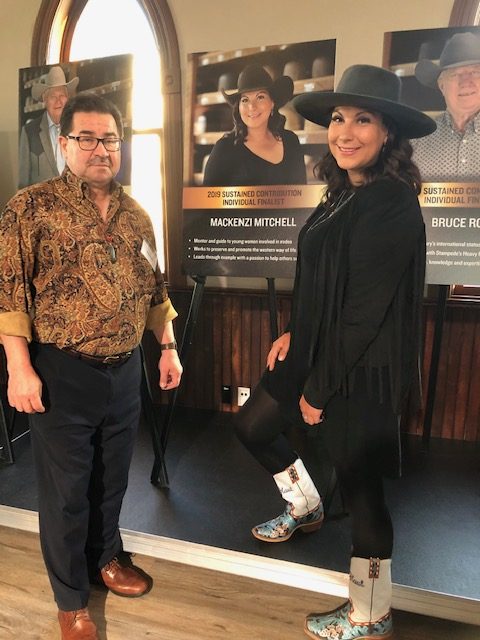
Mitchell received a welcome financial boost in the form of the Dr. John Archer Scholarship from the U of R Alumni Association – his first real experience of being rewarded for education. His choice of courses was at first “all over the map” as he puts it, until business emerged as the area that most interested him.
Over the next 12 years he took courses - sometimes two in a semester while working full-time - in Regina and then in Calgary when his employer transferred him there in 1988. He accumulated enough credit hours to earn the Certified in Management (CIM) designation offered by the Canadian Institute of Management, as well as certificates in Education and Administration and a diploma in Business. Mitchell says the Certified in Management program was the best he ever took, as it built his confidence and self-awareness.
The strong connection continues: he was named a Fellow by the CIM for his 40 years of service at the national level, including serving as the Institute’s National Executive Vice-Chair and Chair of the Indigenous Relations Group, and in 2021 was awarded a National Lifetime Achievement Award by CIM.
Mitchell is buoyed by what he saw and heard as one of Canada’s representatives to the 2021 World Indigenous Business Forum, a virtual gathering that brought together people from more than 90 countries to discuss and explore business opportunities.
From that experience he sees the potential for Indigenous people everywhere to play a greater role in the mainstream economy. “I see real movement. I see that Indigenous youth have embraced who they are, and they recognize the opportunities that are there to use technology, and to combine that with Indigenous values” says Mitchell.
“The upcoming generation of Indigenous youth has no boundaries to hold them back,” he continues, “and no stigmas to stop them. They have more mentors to guide them, and business technology tools to help them succeed at a rapid pace, including at the global level.”
“In my time, the social stigma of being Indigenous was not cool, but my children have embraced their culture, and they and the next generation are progressive in their thinking.” His daughter Mackenzi is a young Indigenous leader on the rise in Calgary’s corporate sector who also raises ducks, goats and other animals on a small farm near the city after hours.
“Mac is the real meal deal as a corporate-to-country person,” says the proud father. His son Mason played NCAA hockey in Alaska, signed a contract with the NHL Washington Capitals and now plays professionally in the Elite League in the UK.
“The upcoming generation of Indigenous youth has no boundaries to hold them back,” he continues, “and no stigmas to stop them. They have more mentors to guide them, and business technology tools to help them succeed at a rapid pace, including at the global level.”

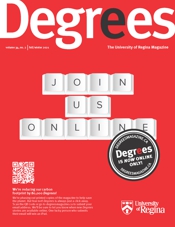

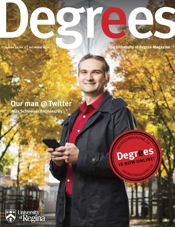


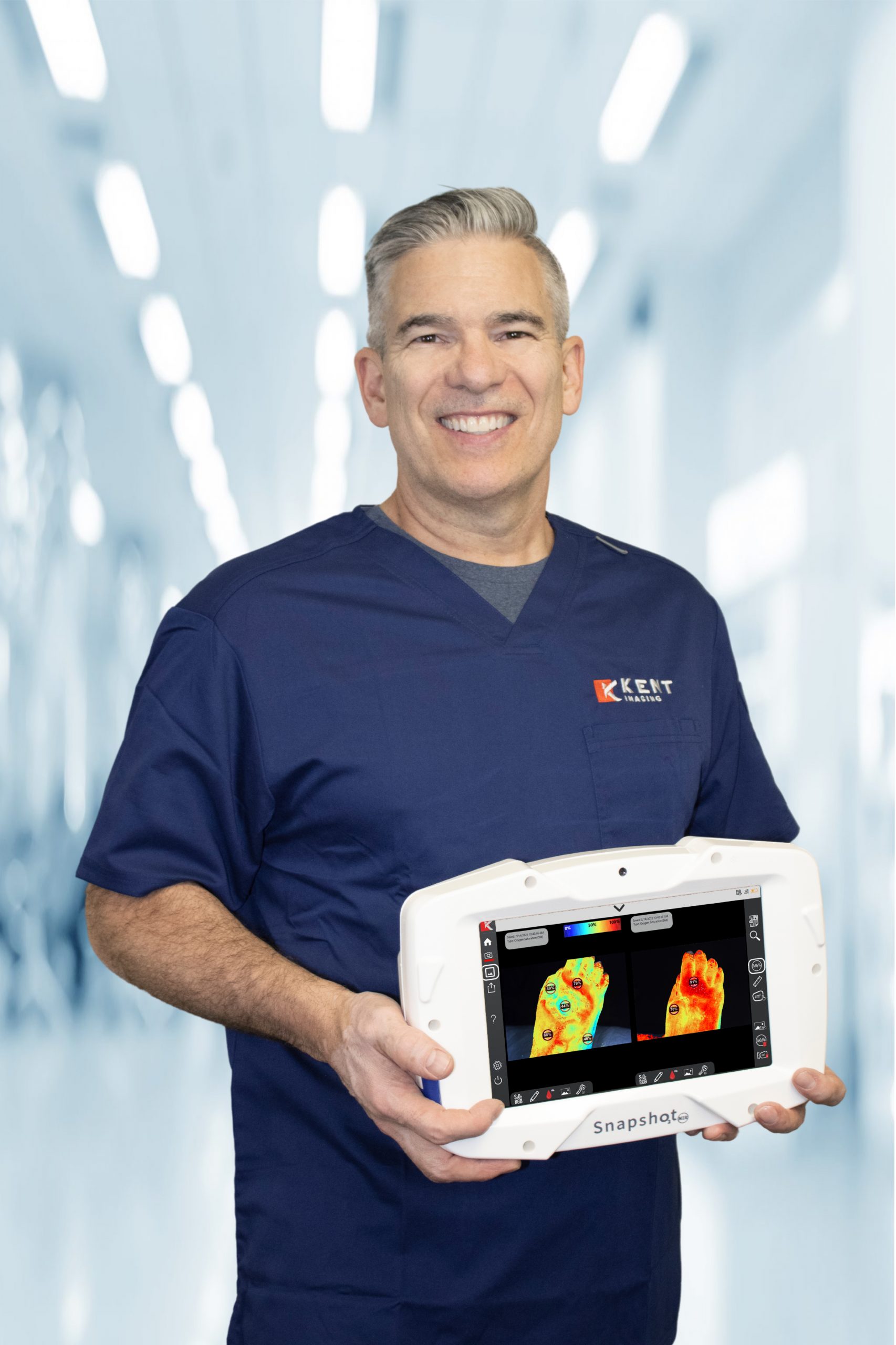 Pierre Lemire BSC'87, chief executive officer of Kent Imaging in Calgary.
Pierre Lemire BSC'87, chief executive officer of Kent Imaging in Calgary.
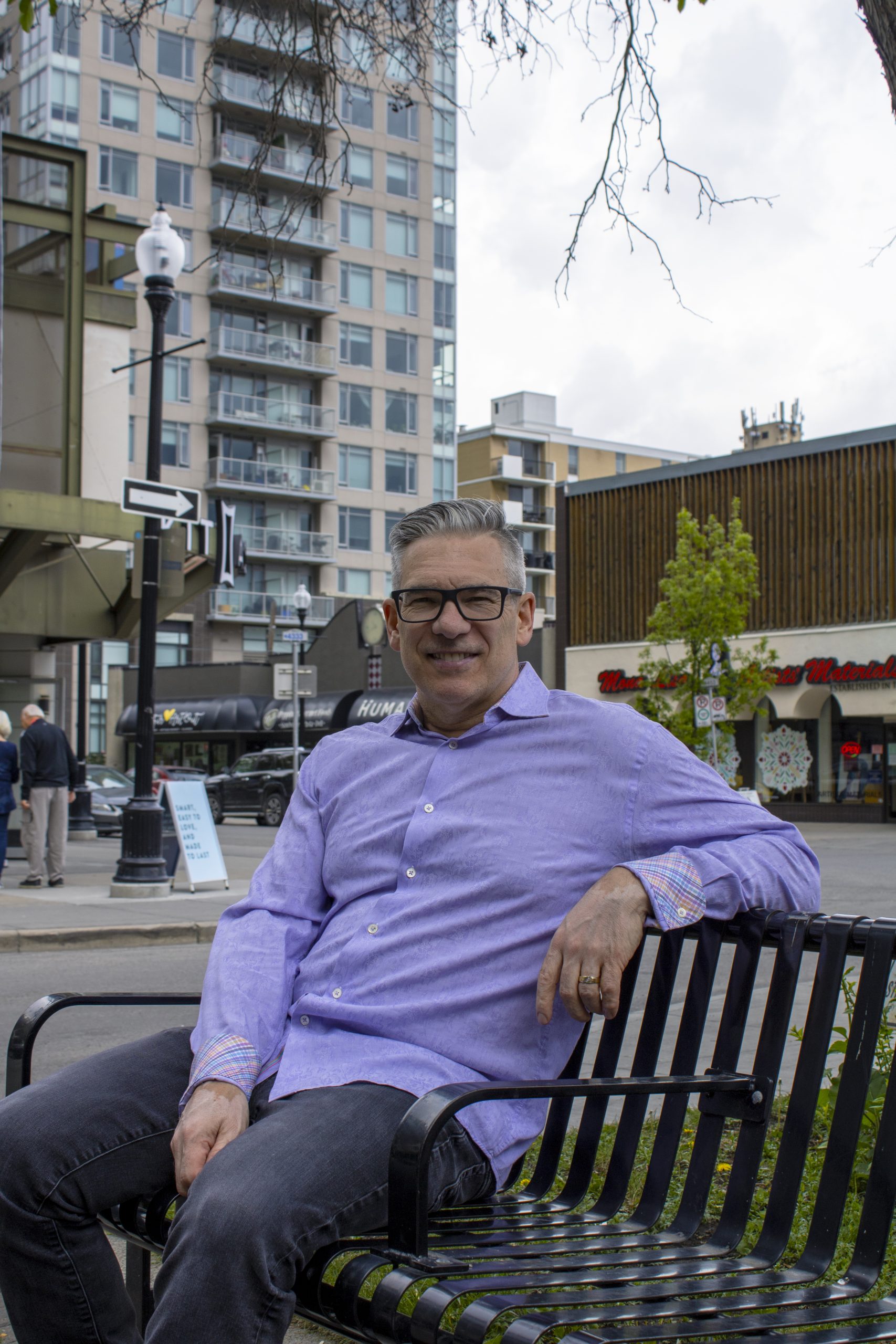 Kent Imaging, the company Lemire helps oversee, is known throughout North America for manufacturing a medical device that measures oxygen in tissues using infrared light. This technology helps doctors determine why a wound isn't healing properly.
Kent Imaging, the company Lemire helps oversee, is known throughout North America for manufacturing a medical device that measures oxygen in tissues using infrared light. This technology helps doctors determine why a wound isn't healing properly.
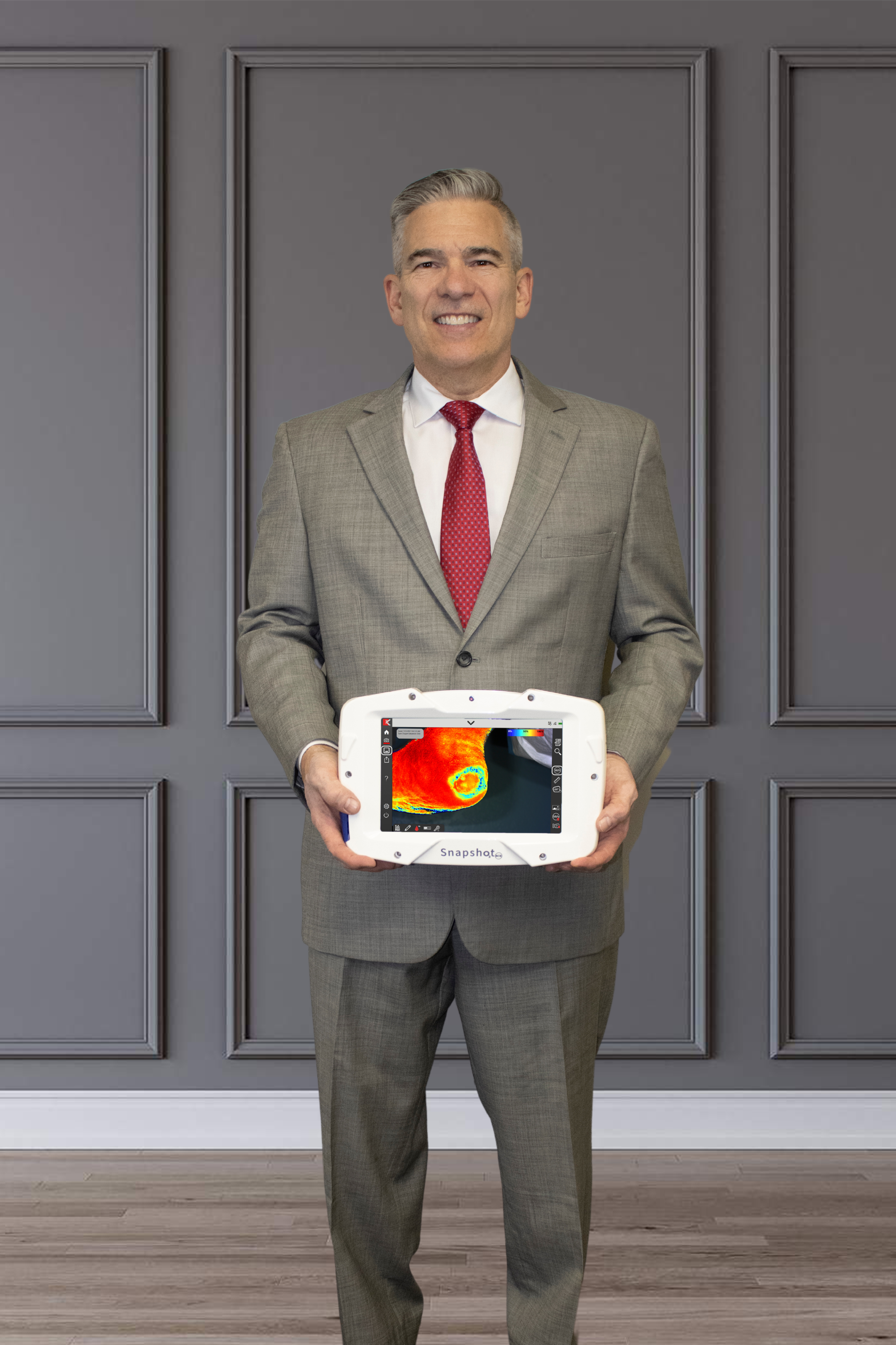 In his role with Kent Imaging, Lemire has connected with some of the largest medical companies in the world, such as GE, Toshiba, Siemens and Fuji.
In his role with Kent Imaging, Lemire has connected with some of the largest medical companies in the world, such as GE, Toshiba, Siemens and Fuji.
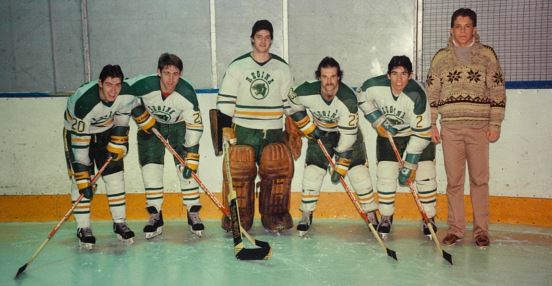 Lemire played for the University of Regina Cougars hockey team throughout university. He continues to play the sport today (non-contact) and coaches his 16-year-old son's hockey team. Lemire is the player on the far right.
Lemire played for the University of Regina Cougars hockey team throughout university. He continues to play the sport today (non-contact) and coaches his 16-year-old son's hockey team. Lemire is the player on the far right.
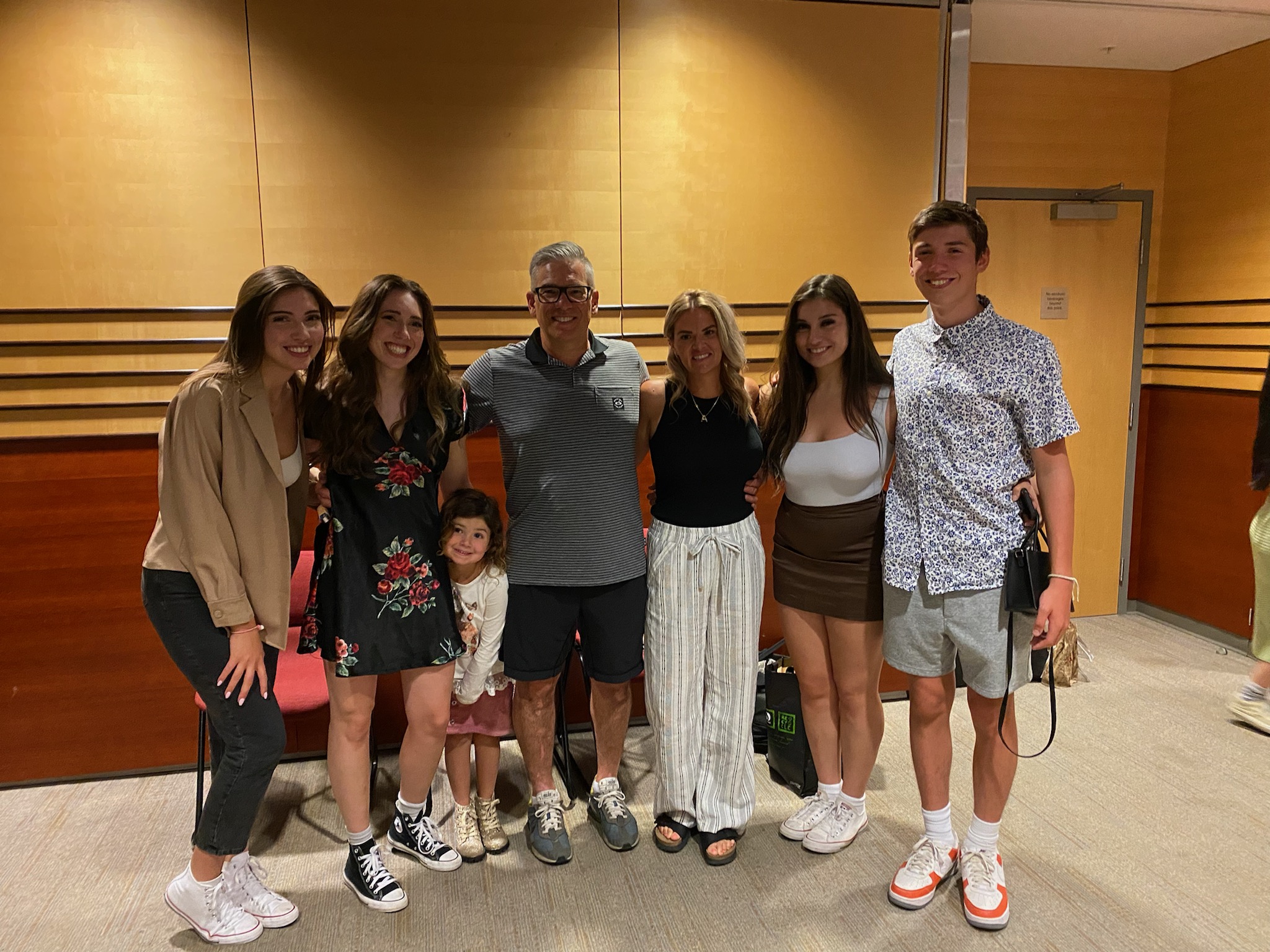 Technology has afforded Lemire the luxury of a enviable work and family balance. Sometimes he works from home, which saves him an hour-and-a-half commute, time that he can spend with his family. Lemire is pictured here with (left to right) daughters Jemma, Jordyn, and Isla, wife Alisha, daughter Jayna and son Luc.
Technology has afforded Lemire the luxury of a enviable work and family balance. Sometimes he works from home, which saves him an hour-and-a-half commute, time that he can spend with his family. Lemire is pictured here with (left to right) daughters Jemma, Jordyn, and Isla, wife Alisha, daughter Jayna and son Luc.